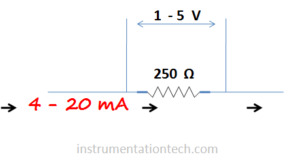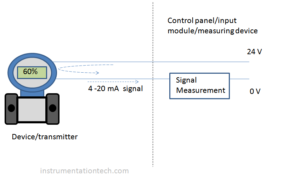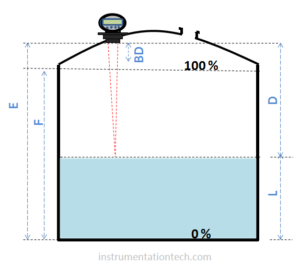DPT Range - open tank- calculation
dpt range open tank -calculation
This article describes range calculation of differential pressure type level transmitter for open tank .
[It is better to know the basics before reading this article.
Click below link to know the basic
Basics of DP type level measurements]
To get the range for the transmitter suitable for level measurement of a tank, ,we need certain data like
1.density of the liquid .
2.minimum level position or position or 0% level
3.maximum level position or 100% position
4 .Height of 0% position from Transmitter HP port
5.filling liquid density ( if closed tank wet leg)
6.Liquid height in wet leg
Note: The liquid density should be non variant for hydrostatic pressure type level measurement applications .
So let’s see how to calculate dpt range for open tank
Calculation procedure
1.Calculate head pressure acting on the HP side at minimum level ( 0% level) .
2.Calculate the head pressure acting on the LP side at 0% level .
3.Find DP at 0%
DP=HP -LP at 0% which is the LRV
4.Calculate the head pressure acting on the HP at 100% .
5.Calculate the head pressure acting on the LP side at 100 % .
6.Find DP at 100%
DP=HP -LP at 100% which is the URV
For calculating pressure acting on HP port and LP port use equation
pressure = height × specific gravity
Ex: 1 open tank with Transmitter mounted at minimum level
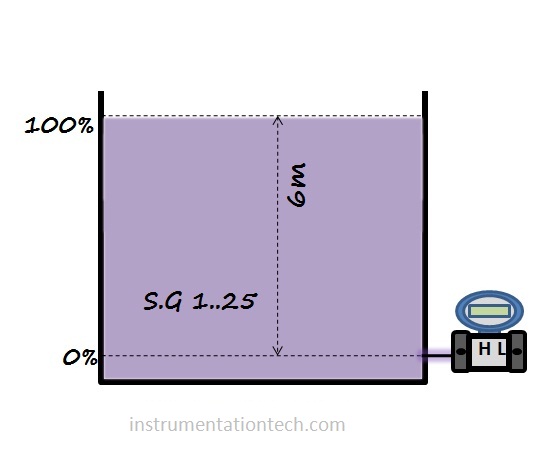
A tank whose level need to be monitored is shown above .We have to calculate range for the transmitter which we want to connect to measure level of the above tank .The transmitter is mounted at the bottom and the Hp side tapping is taken from the minimum level position 0%. Also transmitter is positioned at the minimum level.see figure .
LRV DP at 0%
find the lower range value calculate differential pressure when the level is at 0 %.calculate the hydrostatic pressure acting on the high pressure side and low pressure side when level is at 0% .
Then LRV = DP at 0%
= HP-LP at 0%
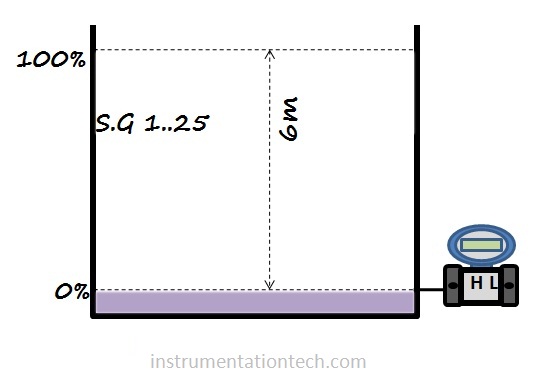
LRV=DP at 0%
Head Pressure on HP side
HP = h×S.G
Head Pressure on LP side
LP = 0 mmwc
(Note: in open tank. LP Side is opened to atmosphere and pressure acting on Lp is the atmospheric pressure which is zero in gauge scale calculations )
= 0-0
= 0 mmwc
At 0% , DP = 0 mmwc
That is LRV = 0mmwc
URV= Dp at 100%
find the upper range value calculate differential pressure when the level is at 100 %.calculate the hydrostatic pressure acting on the high pressure side and low pressure side when level is at 100%
Then URV = DP at 100%
= HP-LP at 100%

URV=DP at 100%
Head Pressure on HP side
HP = h×S.G
Head Pressure on LP side
LP = 0 mmwc
( Note: in open tank. LP Side is opened to atmosphere and pressure acting on Lp is the atmospheric pressure which is zero in gauge scale calculations)
= 7500-0
= 7500 mmwc
That is URV = 7500mmwc
So we should calibrate the transmitter with
LRV=0 mmwc corresponds to output 4 ma or 0%
URV=7500 mmwc corresponds to output 20 ma or 100%
Ex2 ZERO SUPPRESSION
calculate range for the transmitter which is connected to measure level of a open tank. Hp side tapping is taken from the minimum level position 0%. transmitter is mounted 1m below the minimum level 0% .see below figure.
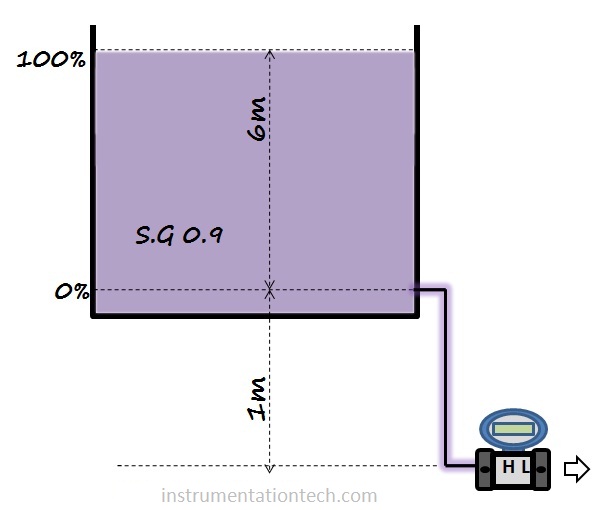
LRV DP at 0%
find the lower range value calculate differential pressure when the level is at 0 %.calculate the hydrostatic pressure acting on the high pressure side and low pressure side when level is at 0%
LRV = DP at 0%
= HP-LP at 0%
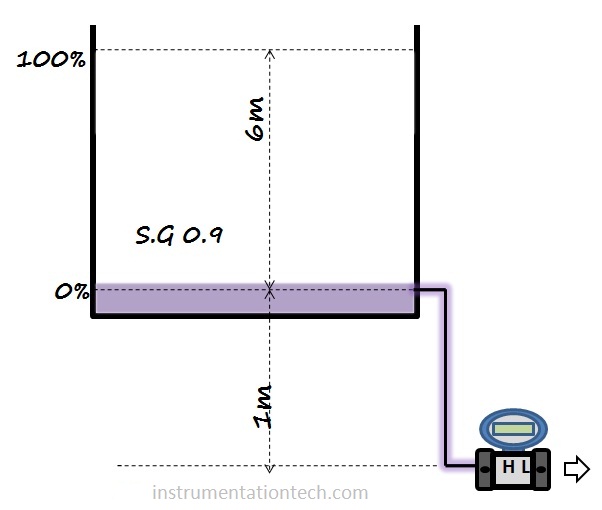
LRV=DP at 0%
Head Pressure on HP side
HP = h×S.G
Head Pressure on LP side
LP = 0 mmwc
( Note: in open tank. LP Side is opened to atmosphere and pressure acting on Lp is the atmospheric pressure which is zero in gauge scale calculations)
= 900-0
= 900 mmwc
At 0% , DP = 900 mmwc
That is LRV = 900mmwc
URV= Dp at 100%
find the upper range value calculate differential pressure when the level is at 100 %.calculate the hydrostatic pressure acting on the high pressure side and low pressure side when level is at 100%
Then URV = DP at 100%
= HP-LP at 100%

URV=DP at 100%
Head Pressure on HP side
HP = h×S.G
Head Pressure on LP side
LP = 0 mmwc
( Note: in open tank. LP Side is opened to atmosphere and pressure acting on Lp is the atmospheric pressure which is zero in gauge scale calculations)
= 6300-0
= 6300 mmwc
That is URV = 6300mmwc
So we need to calibrate the transmitter with
LRV=900 mmwc corresponds to output 4 ma
URV=6300 mmwc corresponds to output 20 ma
